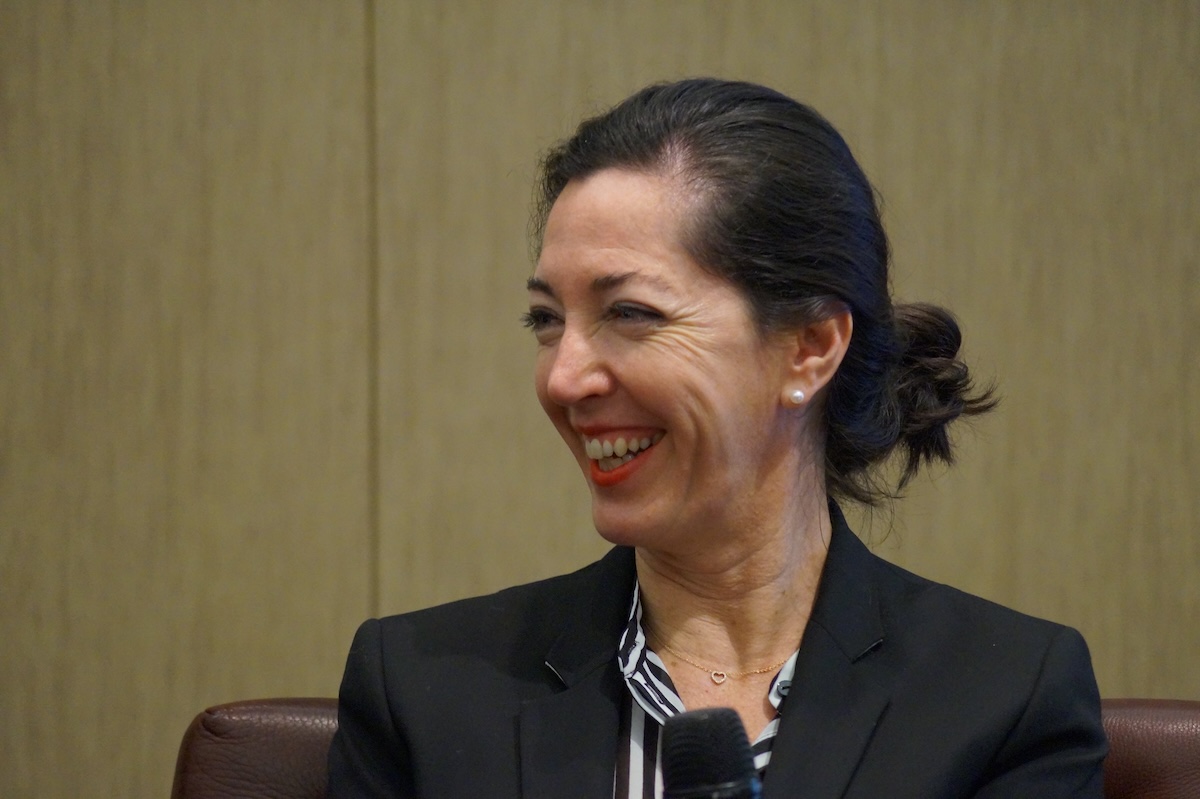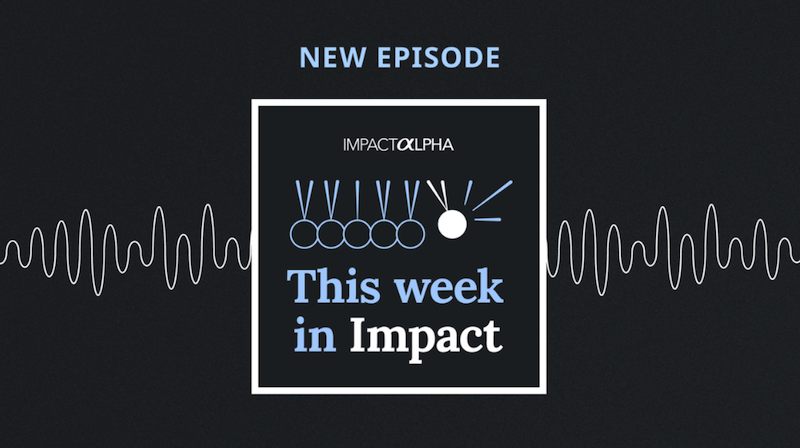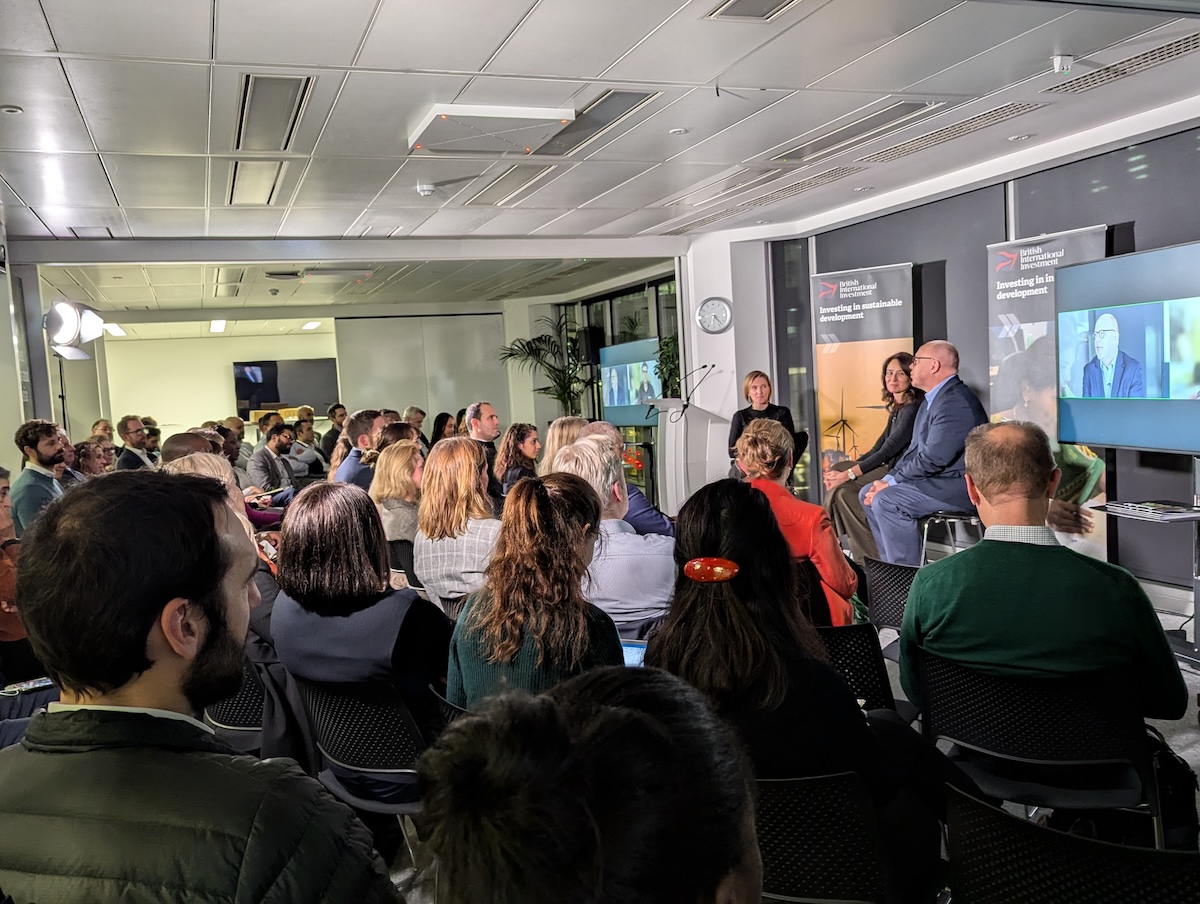ImpactAlpha, Oct. 18 – Faced with 2020’s cascade of crises, a group of foundations mobilized $3 billion from capital markets for community relief and public health with a string of social bonds. The issues are now booked as liabilities on their balance sheets.
The bond issuances by Ford, Rockefeller, MacArthur and at least six other foundations opened a new front in foundation impact investing.
Many foundations have adopted spending strategies, such as program-related investments from their required 5% annual payout, to invest in solutions aligned with their missions. Others have begun to deploy endowment assets in mission-related impact and ESG strategies.
Social bonds, along with tools like loan guarantees, represent an opportunity for foundations to catalyze capital using institutional liabilities, or catalytic leverage.
“Collectively, these strategies represent a toolkit that foundations can use to make a greater impact on local and global communities,” says Fran Seegull of the U.S. Impact Investing Alliance. In “Impact in the Balance,” the Alliance examines the full suite of tools as the disposal of philanthropic institutions based on where they sit on a foundation’s balance sheet or financials.
Foundation assets
It’s been five years since the Ford Foundation committed to deploy some $1 billion of its then $14 billion endowment to “mission-related-investments.” In August, Ford’s Darren Walker reported that the foundation’s mission investments had generated a compound annual return of 28% through 2021, “triple the return required to sustain the foundation’s perpetual existence.”
He cautioned that those returns were still mostly unrealized, since the bulk of the mission-related portfolio is in illiquid funds that have not yet returned capital to investors.
Foundations such Kresge have made similar moves, dedicating a meaningful portion of their endowments to impact investments. FB Heron Foundation, with assets in the hundreds of millions, has invested its full endowment to pursue its mission to fight poverty.
One of the latest: The foundation of Walmart heir Lukas Walton has reached its goal of aligning 90% of its $1 billion endowment with its philanthropic initiative.
Catalytic leverage
The traditional foundation model, of relying on grants and even program-related investments, “is just scratching the surface,” says the Alliance. Financial instruments such as unfunded loan guarantees and social bonds can also significantly enhance the ability of foundations to achieve their goals.
Loan guarantees, for example, have a number of benefits, including helping fund projects that might be too expensive to fund otherwise. Foundations including the Gates, Kresge, MacArthur and Robert Wood Johnson foundations all actively provide guarantees. The instrument requires no cash to change hands until and unless there is a guarantee payout.
>>> Guaranteed Impact: How Gates Foundation Increased supplies and cut prices for contraceptives without spending a dime
“This structure is particularly advantageous during times when the need for liquidity is high,” the report says.
It’s not just foundations that can use such tools to amplify their positive impact: Companies and investors should consider them, too, says the Alliance. “Institutions with significant amounts of cash on their balance sheets,” the report said, “can borrow a page from foundations to generate a positive impact while still preserving capital.”












